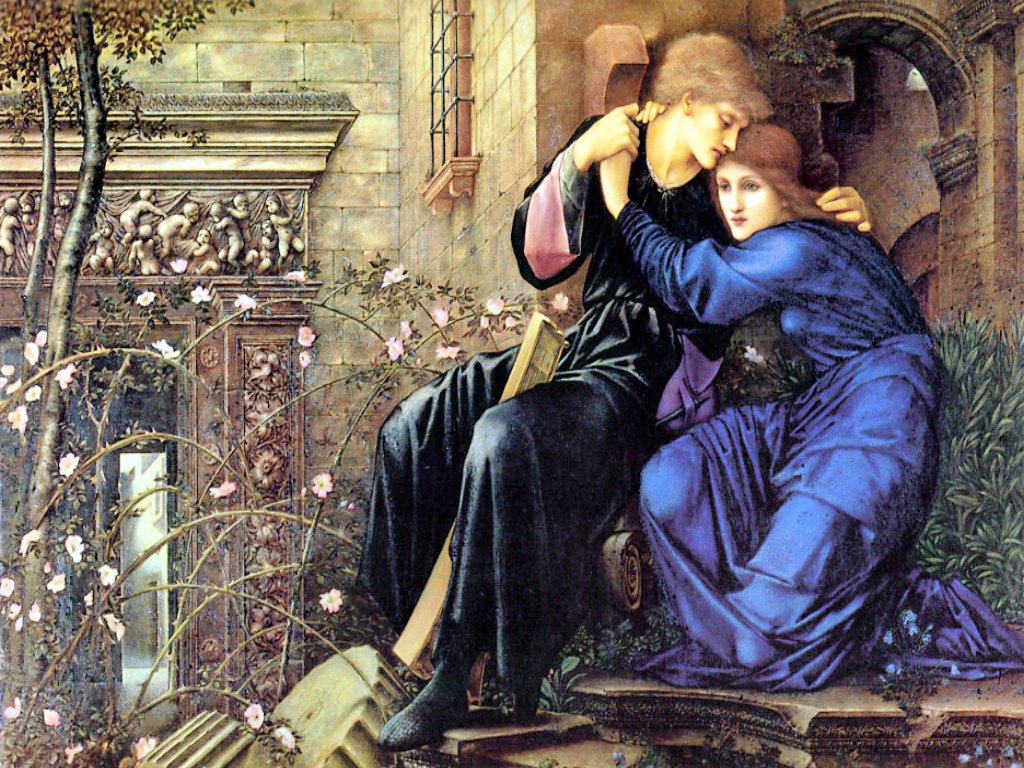






Home
Programme
Pictures
Visits
Projects
Contacts
Other
 |
 |
 |
 |
 |
 |
 |
|
|---|---|---|---|---|---|---|---|
| mmmmmm
Home |
mmmmmm
Programme |
mmmmmm
Pictures |
mmmmmm
Visits |
mmmmmm
Projects |
mmmmmm
Contacts |
mmmmmm | mmmmmm
Other |
| On 9th August 2006 the society visited Wightwick Manor and the National Memorial Arboretum. | |||||
|
The exterior of the Great Hall appears to be Jacobean but the Local History Society website reveals that in fact it has a steel frame and was built in 1893. |
Wightwick Manor is
a Grade 1 listed building started in 1887 for Theodore Mander. The owl and the bat, from above the main entrance door, are typical of the details than enhance this building. Much of the interior is by Morris and Co. For more information on Wightwick Manor see http://www.localhistory.scit.wlv.ac.uk/listed/wightwick.htm http://www.owlpen.com/wightwick.shtml The Nation Trust website is http://www.nationaltrust.org.uk/main/w-vh/w-visits/w-findaplace/w-wightwickmanor/ |
||||
| The house contains much Pre-Raphaelite art, including the well known "Love among the ruins" ( shown left ) by Edward Burne-Jones, works by Rossetti, Millais and "How the Virgin Mary came to Brother Conrad of Offida and laid her Son in his Arms" by Marie Spartali Stillman. |  Love among the ruins by Edward Burne-Jones Public domain image from Wikipedia Commons. |
||||
|
History Society members in the grounds. |
The Rose Garden A delightful place to rest after the visit. |
||||
| The house taken from the bridge over Wightwick Bank. This bridge is said to based on the Mathematical Bridge at Cambridge. |
A view of the house from the lake. |
||||
|
|||||
| Our tour began with an introductory talk in the Millenium Chapel. The pillars of the chapel comprise twelve trunks of Douglas Fir. | |||||
|
|
The National Memorial Arboretum's
150 acre site has been planted with 40,000 trees on a site of re-claimed land
formerly used for gravel extraction. The trees are arranged in plots around
memorials to those who have served in both military and civilian organisations.
Many of the trees have individual dedications. The official website is http://www.nationalmemorialarboretum.org/, more information can also be found at http://www.friendsofnma.org.uk. |
||||
| One of the most striking memorials is this section of the infamous Burma Railway. | |||||
|
|
|||||